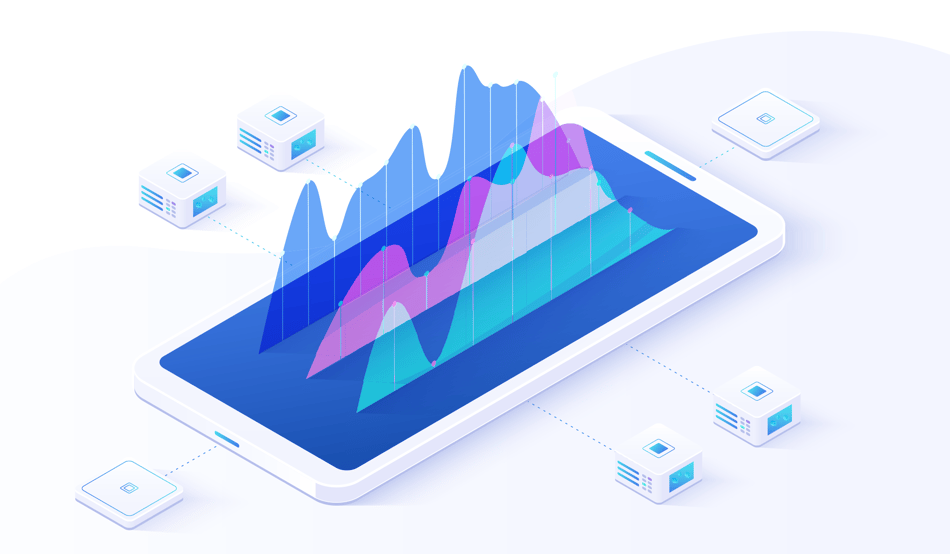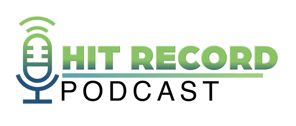Episode 40 - How to Drive & Track New Account and Loan Applications with Google Pay Per Click Ads


Don't Miss An Episode, Subscribe Now

We've shifted the tracking for our Google Ads clients towards a more effective way of tracking and optimizing for concrete conversions - whether it be a customer applying for a new account or a loan product online.
The FI GROW team discusses what we're seeing working with third party applications in conjunction with client Google Ad accounts and how we can make that all much more effective to drive more product application submissions.
Transcription:
If you're looking for best practices for your bank or credit union, join us while we talk all things sales, marketing, and strategy for financial institutions. Let's make it happen with FI GROW Solutions..
Meredith Olmstead:
Hi there. I'm Meredith Olmstead, CEO and founder of FI GROW Solutions. We are a digital marketing agency that works with banks and credit unions, and I'm here with our Digital Ads Manager, Ida Burr. Say hi, Ida.
Ida Burr:
Hey everyone.
Meredith Olmstead:
And Ida and I were just having a really interesting conversation about how we have been shifting the tracking for our pay-per-click, our Google Ads clients, towards a more effective way of tracking and optimizing for actual conversions, being fully applying for a new account or a loan product online, and how to track that through Google. So we're having a really good conversation about that, and I thought, let's hit record and share what we're seeing in working with third party applications and your Google Ad accounts and how we can make that all much more effective for really driving more at full applications being submitted. So talk to me about this for a second, Ida. Basically what used to be a lot of, or what do a lot of places who are placing pay-per-click ads for banks and credit unions and trying to drive loan applications, and what did they use to optimize for? How did these ads use to work?
Ida Burr:
Yeah, so in the past we've seen a lot of the clients, they would either optimize just for website clicks. So this is just telling Google, get people to my website, which obviously doesn't really mean a ton if you're trying to convert people into members or applying for loans. And then it kind of turned into button clicks or form fills. So then you can tell Google, I want people to click this apply now button or to fill out a form to start their application. And-
Meredith Olmstead:
And so, wait, so the conversion or what you used to track or what you used to optimize for was starting an application? Like start my application now.
Ida Burr:
Yes.
Meredith Olmstead:
But that wouldn't necessarily tell us whether or not they'd finished. Why was that, what was the problem? What wasn't working?
Ida Burr:
So a lot of the time, well, all the time, vendors were very hesitant to put tracking code onto their applications.
Meredith Olmstead:
Oh, they're third party applications. Gotcha.
Ida Burr:
Yeah, so once that person clicked to that web to the third party application, we lost them. We couldn't track them. We had no idea what happened after that.
Meredith Olmstead:
Okay.
Ida Burr:
But now we're seeing more and more that vendors are willing to add this tracking code to their application so that we can continue tracking them and optimizing for further down the line to the point of an actual finished application.
Meredith Olmstead:
Okay. So what do we, if we're trying to shift from just driving traffic to a website or just driving clicks or engagement on that website to tracking actual conversions, what do marketers at banks and credit unions really need to be doing?
Ida Burr:
So one workaround that I know people used to use is trying to drag people back to the website after the application. And that would only really work if you had an automatic redirect at the end of the application to bring you back. So what happens-
Meredith Olmstead:
Like to a thank-you page?
Ida Burr:
Yes. So what happens a lot of the time is you get to the end of the application and it says, thank you for your application, click here to go back to the website, and people will just exit out of that application and not really come back. So that kind of worked, but not all the time. So now what we're doing is we're having our clients reach out to their application vendors and just tell them, here's our Google Tag Manager code, can you add it to our application for us? And not all the time, but most of the time these vendors are willing to do it, which hasn't happened in the past.
So what they'll do is they'll add the application or the tag onto the application, and then they send you instructions on how to set it up in Google Tag Manager, how to track the pages, what URLs you're going to be tracking. And in the explanation there, you get the last page that the application URL is. So once you set everything up in Google Tag Manager, you can then go into Google Ads and create a conversion for that last page of the application. So then Google knows this person finished the application because they landed on this URL.
Meredith Olmstead:
Okay. So okay, then you know that there's an actual-finished application, so you can track... Can you track from the start to the finish, or are you really just focused on the finish?
Ida Burr:
Well, with the Google Ads, you only really want to focus on the finish. You don't want to have too many conversion things set up, but you can set it up in Google Analytics to kind of create a funnel to see, okay, a hundred people got on the first page.
Meredith Olmstead:
How many are dropping off.
Ida Burr:
50 people got in the second page, and so on from there. But in Google Ads, you really only want to focus on the last page.
Meredith Olmstead:
Okay. And then you said something, we were talking about this, you said something about also assigning a conversion value. What's that all about?
Ida Burr:
Yes. So with this new setup, I like to set conversion value for all the other conversions to zero. And then what I'll do with these finished application conversions, I set a value, and it doesn't have to be an actual value, you can just set them to $5 each or a dollar each, just any value there. And you might even want to make them all equal just because, like if you have an auto campaign, you don't want Google to optimize for the mortgage conversion because the mortgage conversion has a higher value. So I would make all the values the same, make it easy to read. So you know, okay, we had 10 conversions because there's $10 in value. So if they're all worth a dollar, then you can easily track it like that.
And then once you have only the applications with conversion value and you let them run for a few weeks, make sure they start tracking and they're optimized correctly, then you can start shifting your campaigns from the objective optimized for conversions, optimized for the highest conversion value. So then Google stops paying attention so much to just button clicks. And now you're telling them, I want people to finish the application. I don't care how many people click buttons and I don't care how many people land on my page. I want this conversion to be a finished application.
Meredith Olmstead:
Gotcha. So it used to be that you would set these up to optimize for conversions, but the conversion was a start now application button click, but it wasn't the actual finished application. So now that you can assign the conversion value, you can optimize for a higher conversion value at the end rather than just the starting of the application. Okay, that makes sense. And that, at the end of the day, is you're going to get better results or you're just going to be able to track your results more or more clearly or both?
Ida Burr:
Yeah, so both because now Google knows exactly what you're optimizing for, they're going to be able to more easily find people who are most likely to convert. So it does help you get better results, as well as just be able to know how many people actually finished the application, because in the old way, you had no idea, there was no way to tell how many people finished the application. So it does both.
Meredith Olmstead:
Okay. Awesome. All right. Well, this is really good stuff. And are you finding that, in general, most of the clients you're working with, they're third party applications are open to this now, or are you still getting pushback from some?
Ida Burr:
There are some that push back. Some of our clients have a separate application for mortgage, and sometimes the mortgage part, they won't do it. But I know MeridianLink does it, they're willing to add the code and they have very detailed instructions that they send you.
Meredith Olmstead:
Okay.
Ida Burr:
So there is a little bit of pushback, but we are getting it through more and more.
Meredith Olmstead:
More and more. Okay, cool. All right, awesome. Well, thank you so much. This is great. These are great tips. If you all are interested in learning more about pay-per-click ads, we have a lot of great blogs on paid advertising that and other podcasts where we've discussed how to set these campaigns up. And we have lots of great information about this on our website. So please feel free to visit us at figrow.com. And otherwise let's just get out there and make it happen.








Blog comments